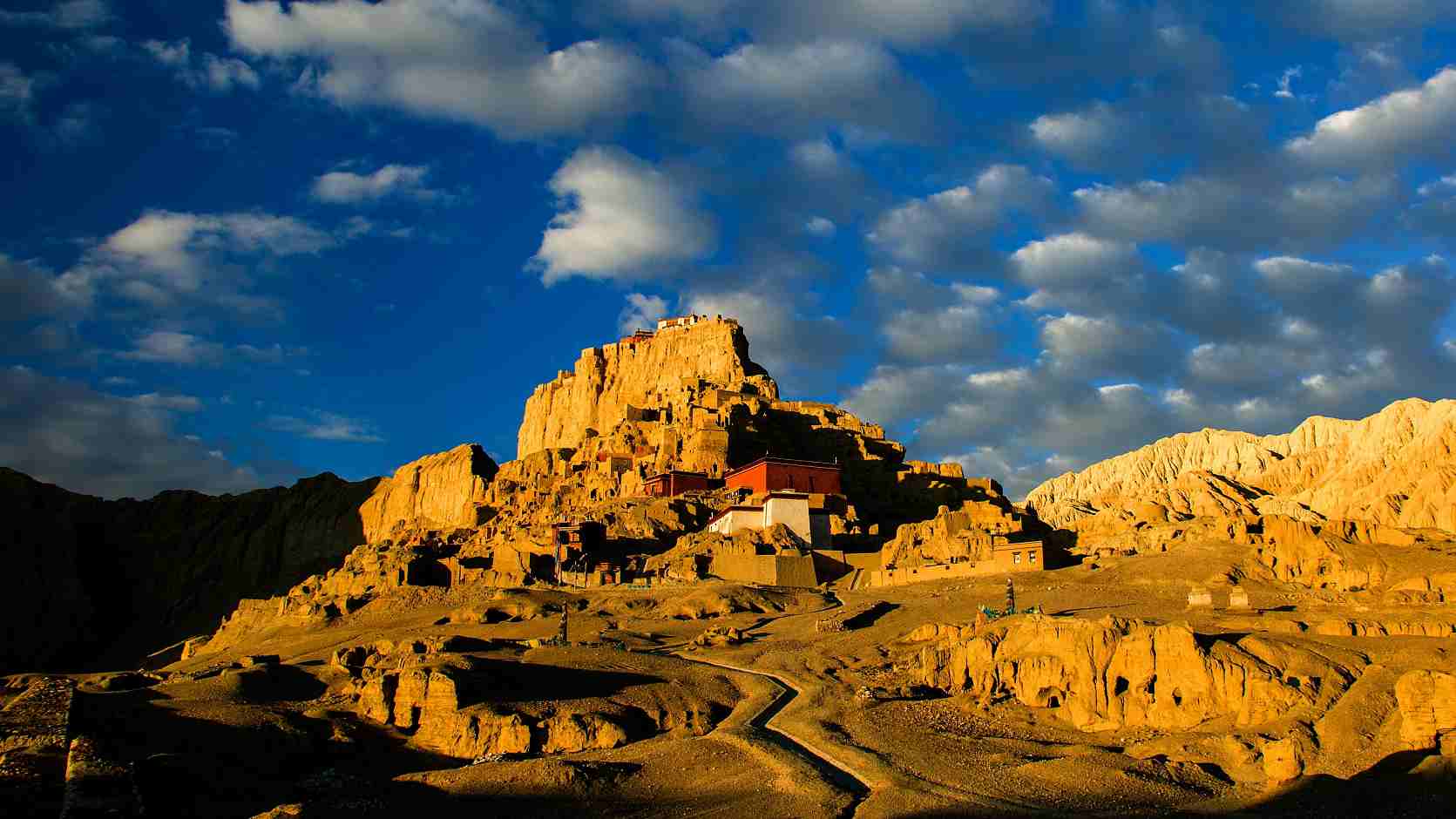When the morning sun shines on the massive castle ruins of Ngari Prefecture, southwest China's Tibet Autonomous Region, Lodchok serves butter tea to help kick-start the day for his guests.
The 57-year-old runs a small hotel. Thanks to the ruins that stretch along the top of the stunning yellow mountain outside his village, he has made a fortune.
The ruins, located in Ngari's Zanda County, were once part of a city that belonged to the ancient Guge Kingdom.
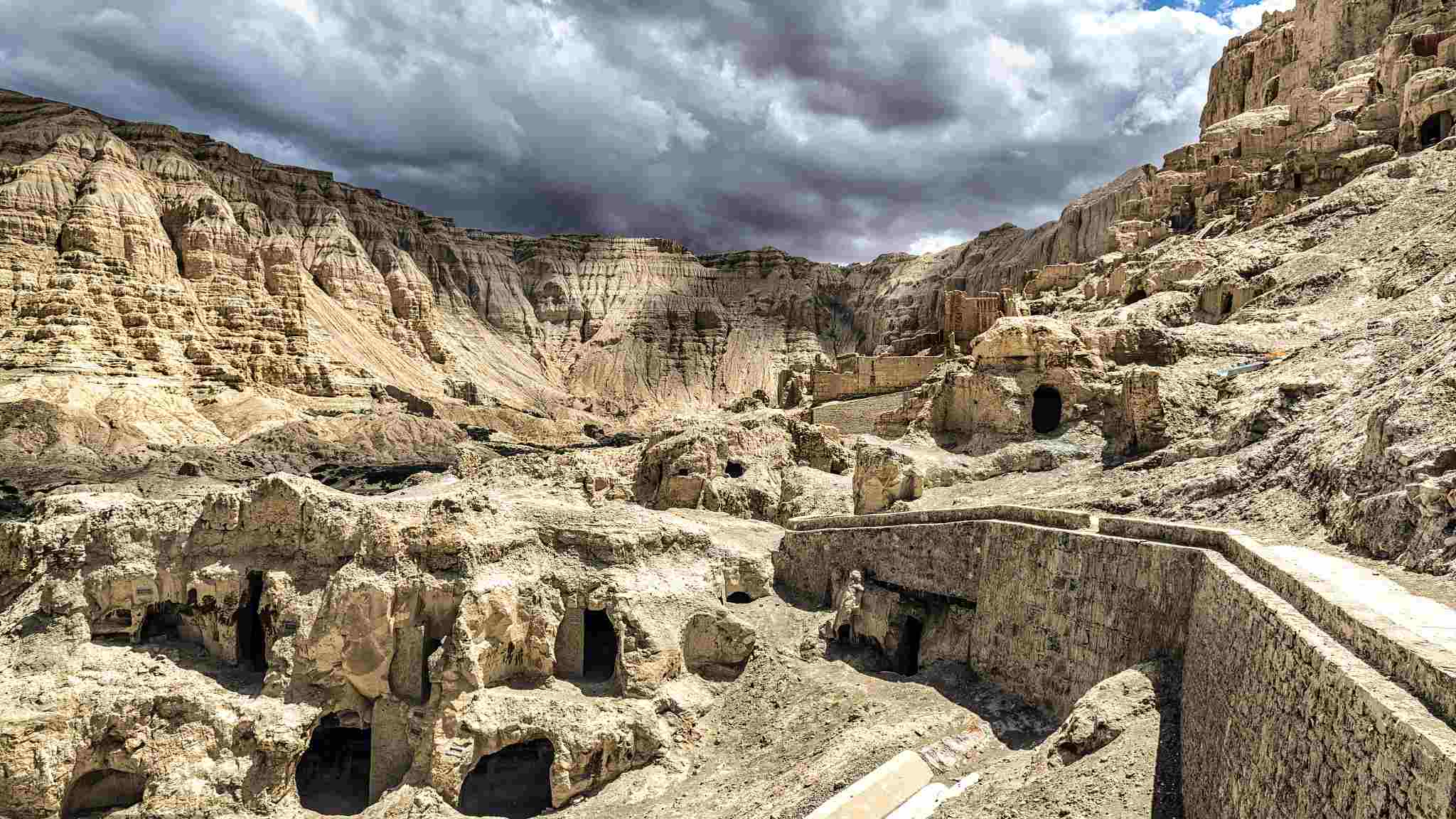
Castle ruins of Ngari Prefecture, southwest China's Tibet Autonomous Region. /VCG Photo
Castle ruins of Ngari Prefecture, southwest China's Tibet Autonomous Region. /VCG Photo
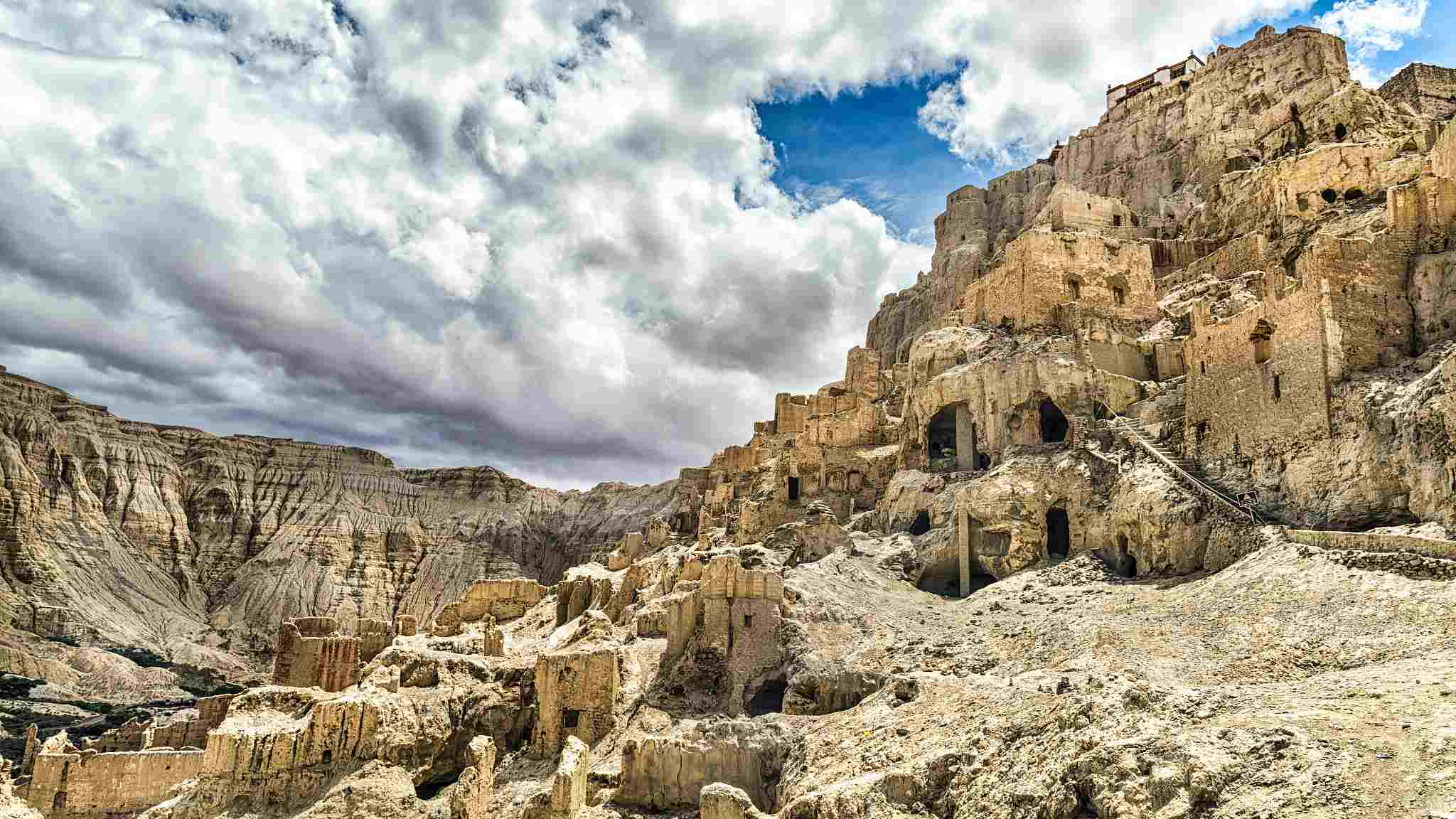
Castle ruins of Ngari Prefecture, southwest China's Tibet Autonomous Region. /VCG Photo
Castle ruins of Ngari Prefecture, southwest China's Tibet Autonomous Region. /VCG Photo
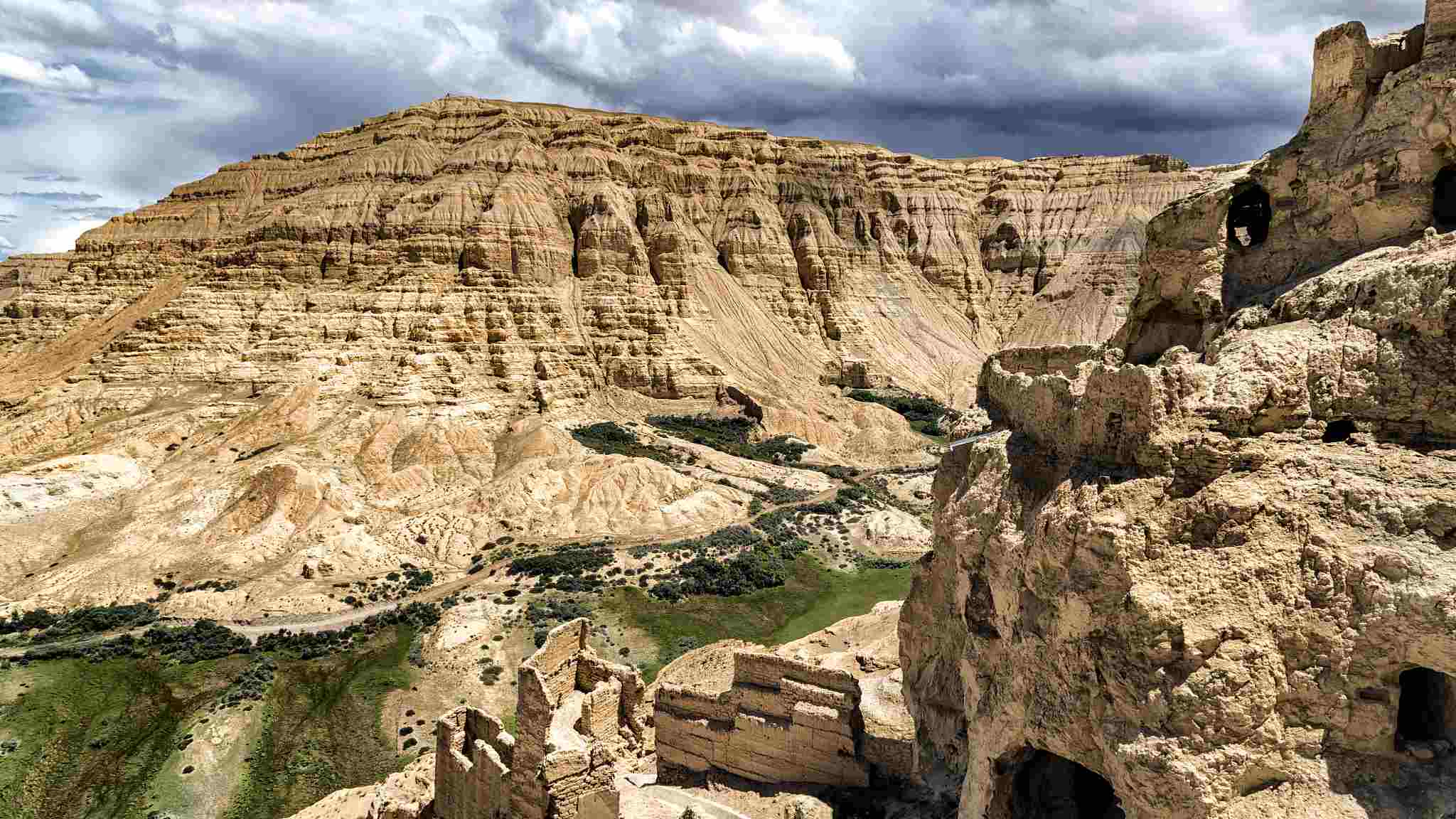
Castle ruins of Ngari Prefecture, southwest China's Tibet Autonomous Region. /VCG Photo
Castle ruins of Ngari Prefecture, southwest China's Tibet Autonomous Region. /VCG Photo
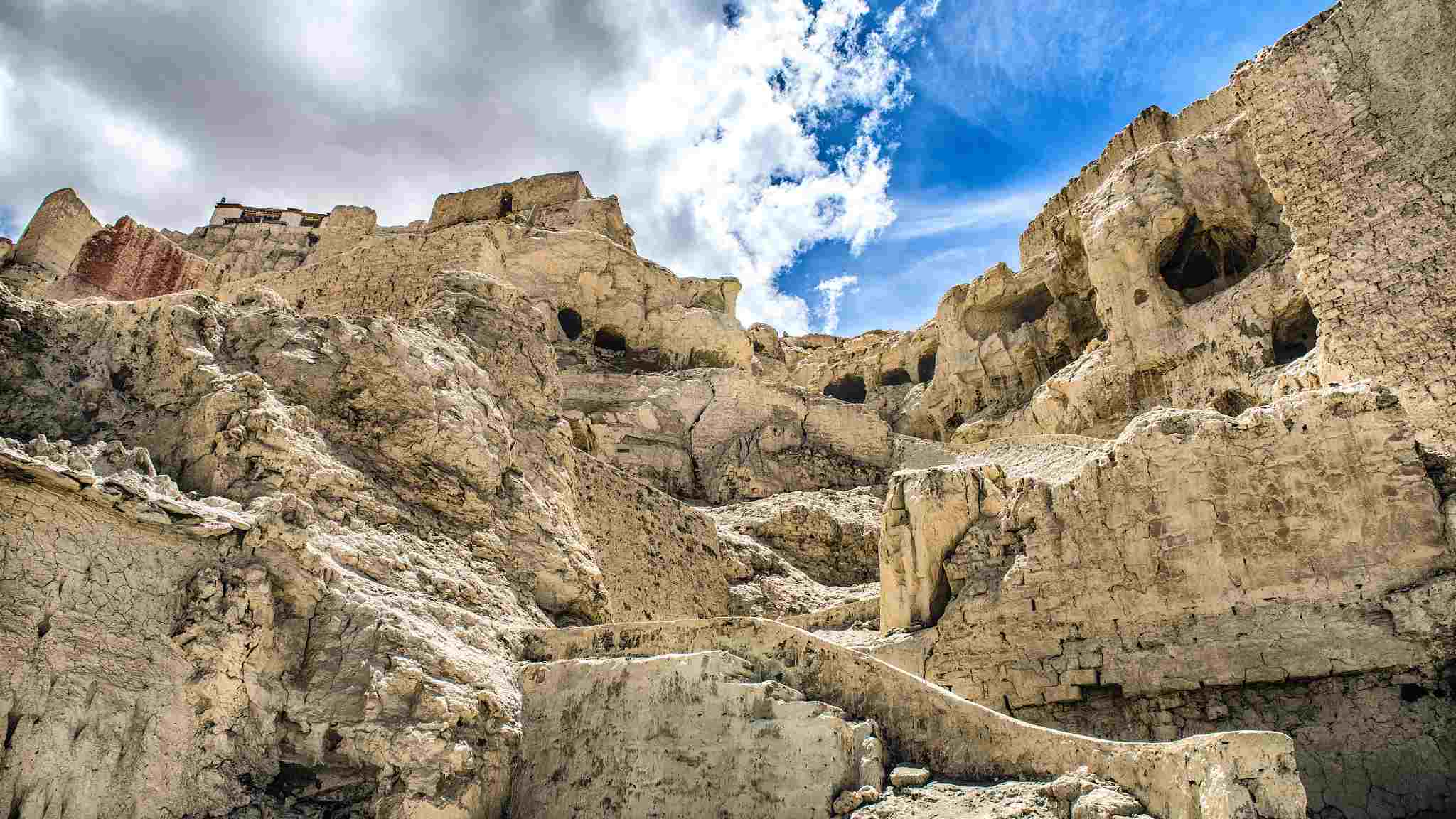
Castle ruins of Ngari Prefecture, southwest China's Tibet Autonomous Region. /VCG Photo
Castle ruins of Ngari Prefecture, southwest China's Tibet Autonomous Region. /VCG Photo
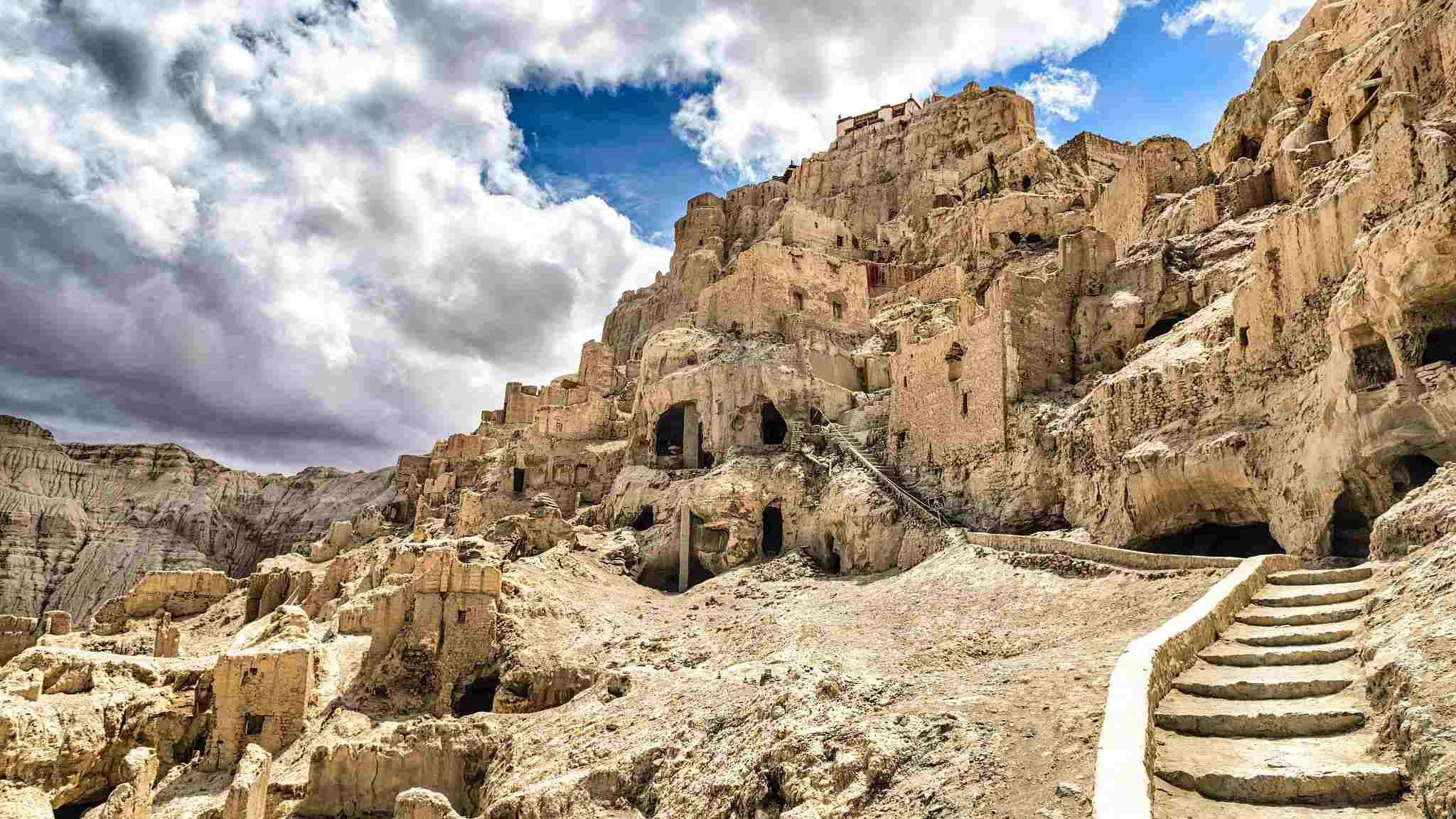
Castle ruins of Ngari Prefecture, southwest China's Tibet Autonomous Region. /VCG Photo
Castle ruins of Ngari Prefecture, southwest China's Tibet Autonomous Region. /VCG Photo
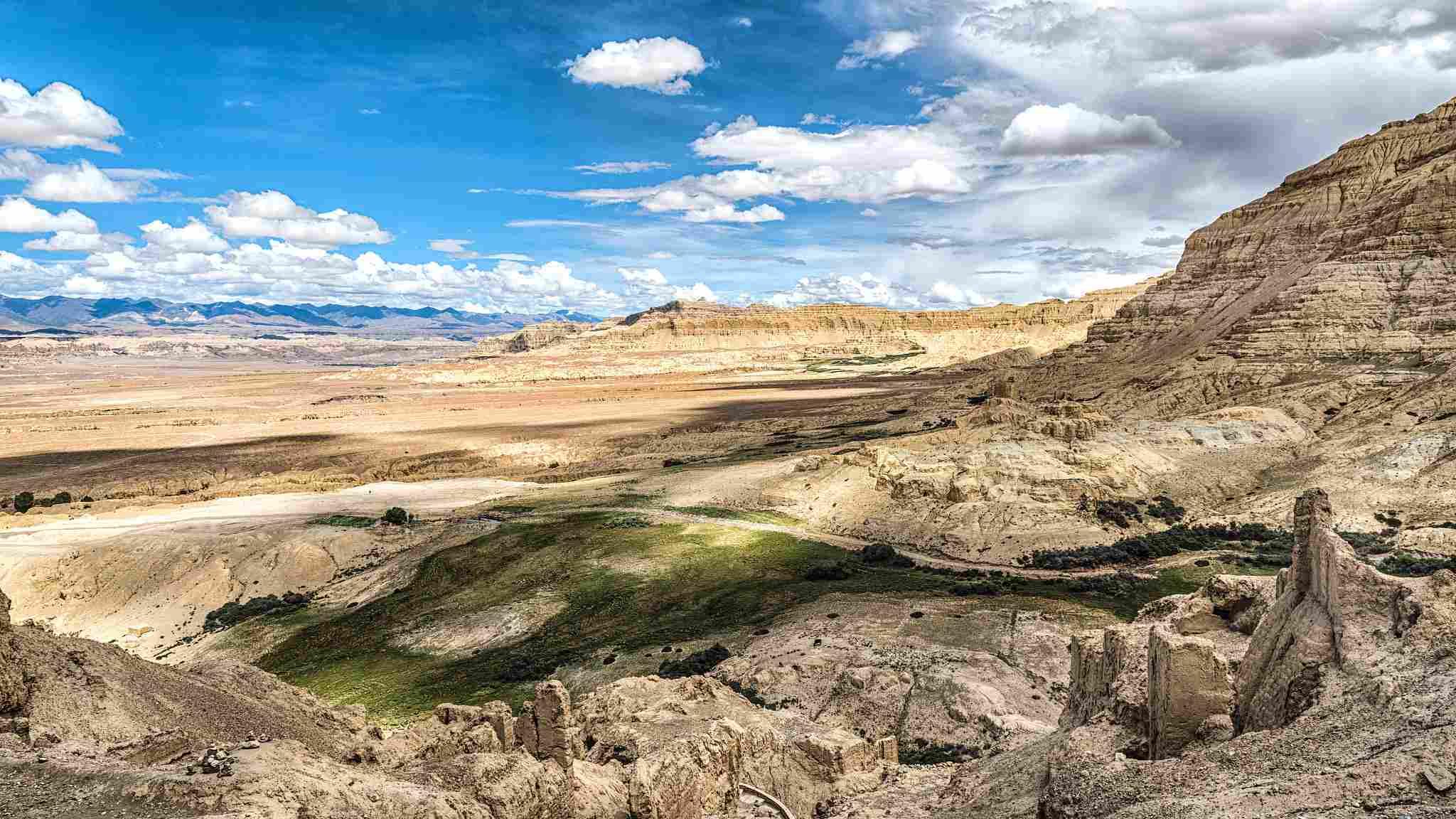
Castle ruins of Ngari Prefecture, southwest China's Tibet Autonomous Region. /VCG Photo
Castle ruins of Ngari Prefecture, southwest China's Tibet Autonomous Region. /VCG Photo
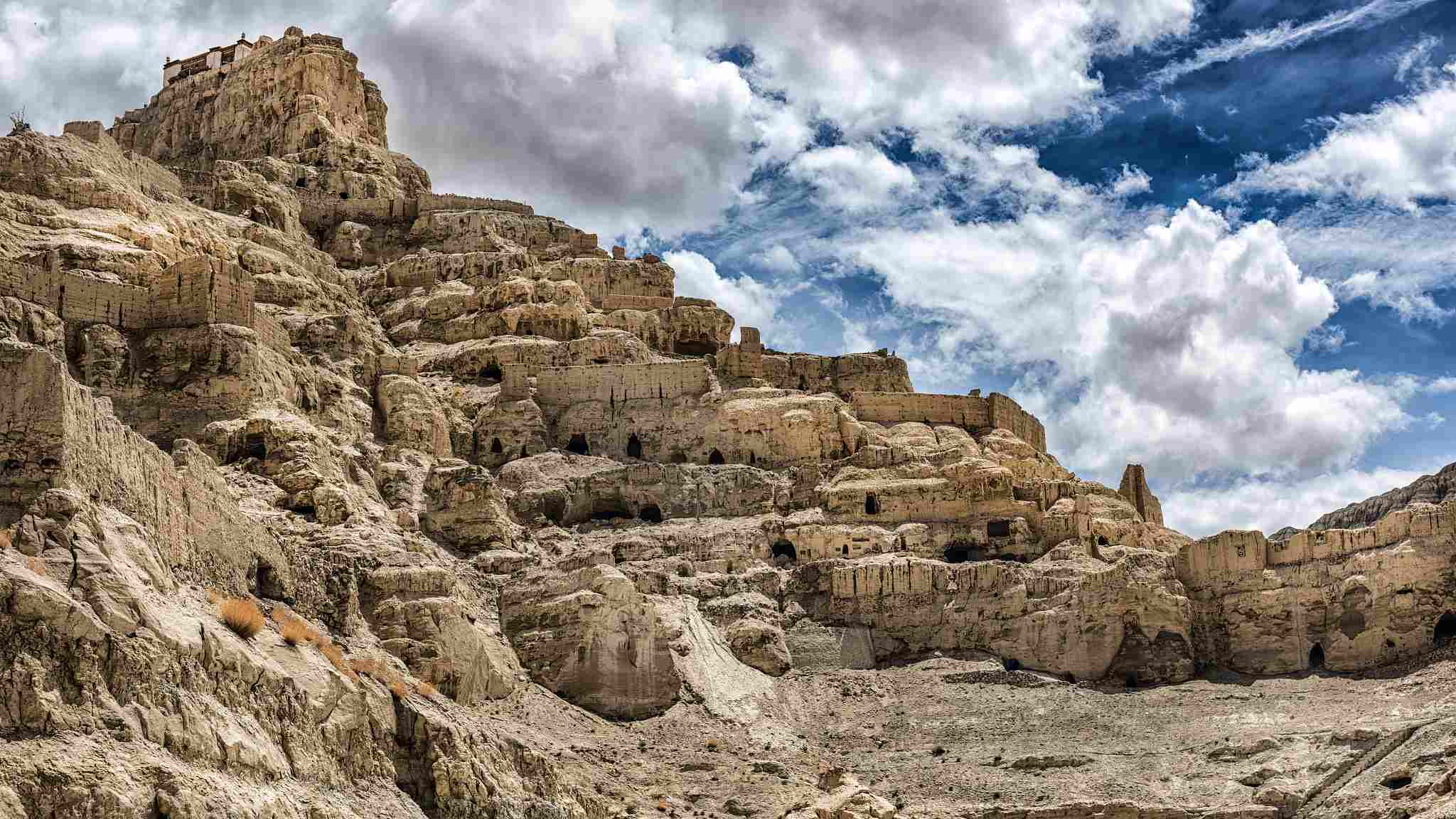
Castle ruins of Ngari Prefecture, southwest China's Tibet Autonomous Region. /VCG Photo
Castle ruins of Ngari Prefecture, southwest China's Tibet Autonomous Region. /VCG Photo
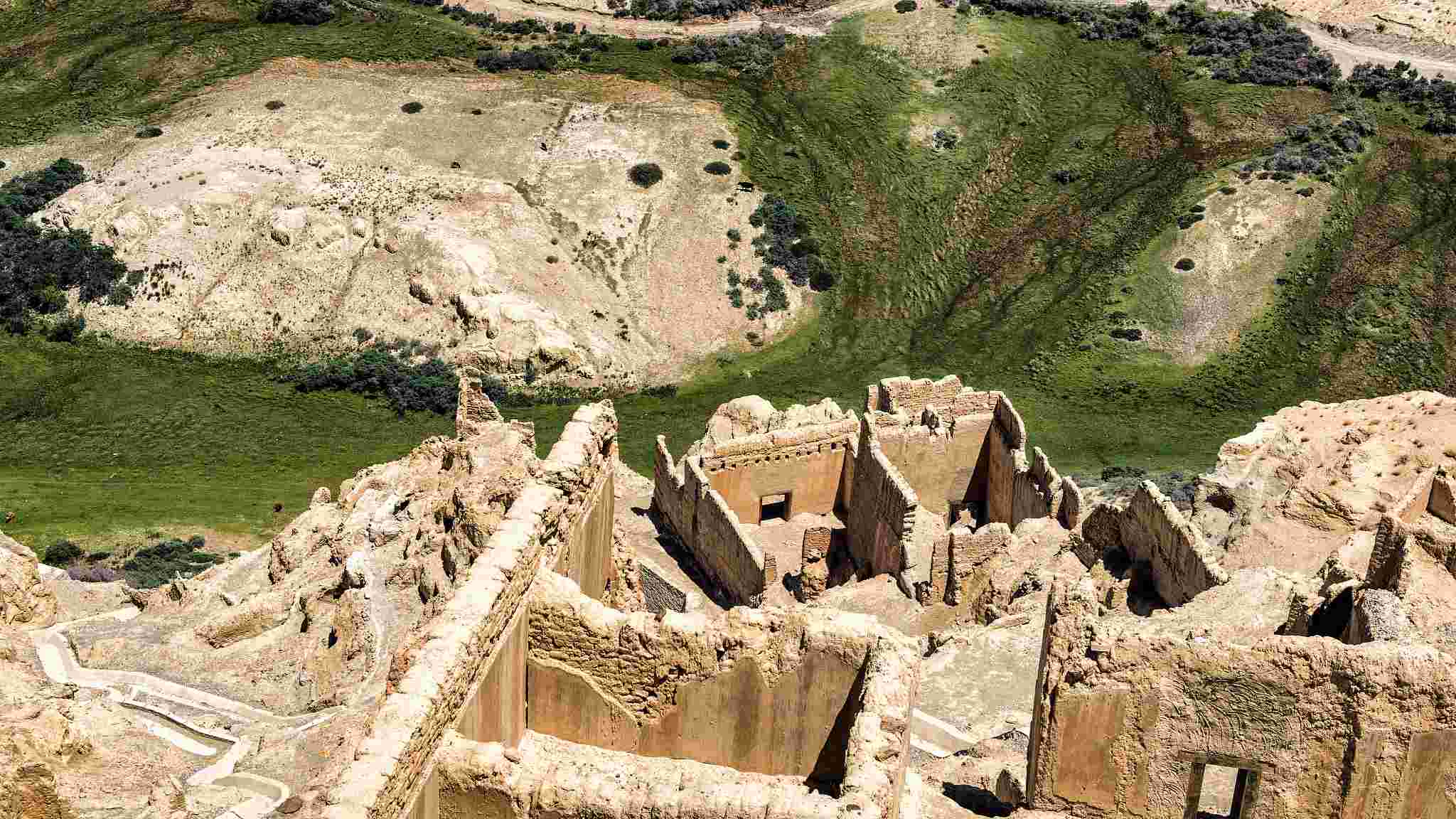
Castle ruins of Ngari Prefecture, southwest China's Tibet Autonomous Region. /VCG Photo
Castle ruins of Ngari Prefecture, southwest China's Tibet Autonomous Region. /VCG Photo
The kingdom was founded around the 9th century in western Tibet but disappeared mysteriously during the 17th century.
Hundreds of ancient buildings survived strong winds on the plateau and had been shelters for farmers and herdsmen for hundreds of years.
Ngari, at an average altitude of 4,500 meters, is nicknamed the "top of the roof of the world." It has always been the crown jewel for adventurers and archaeologists and after them came tourists.
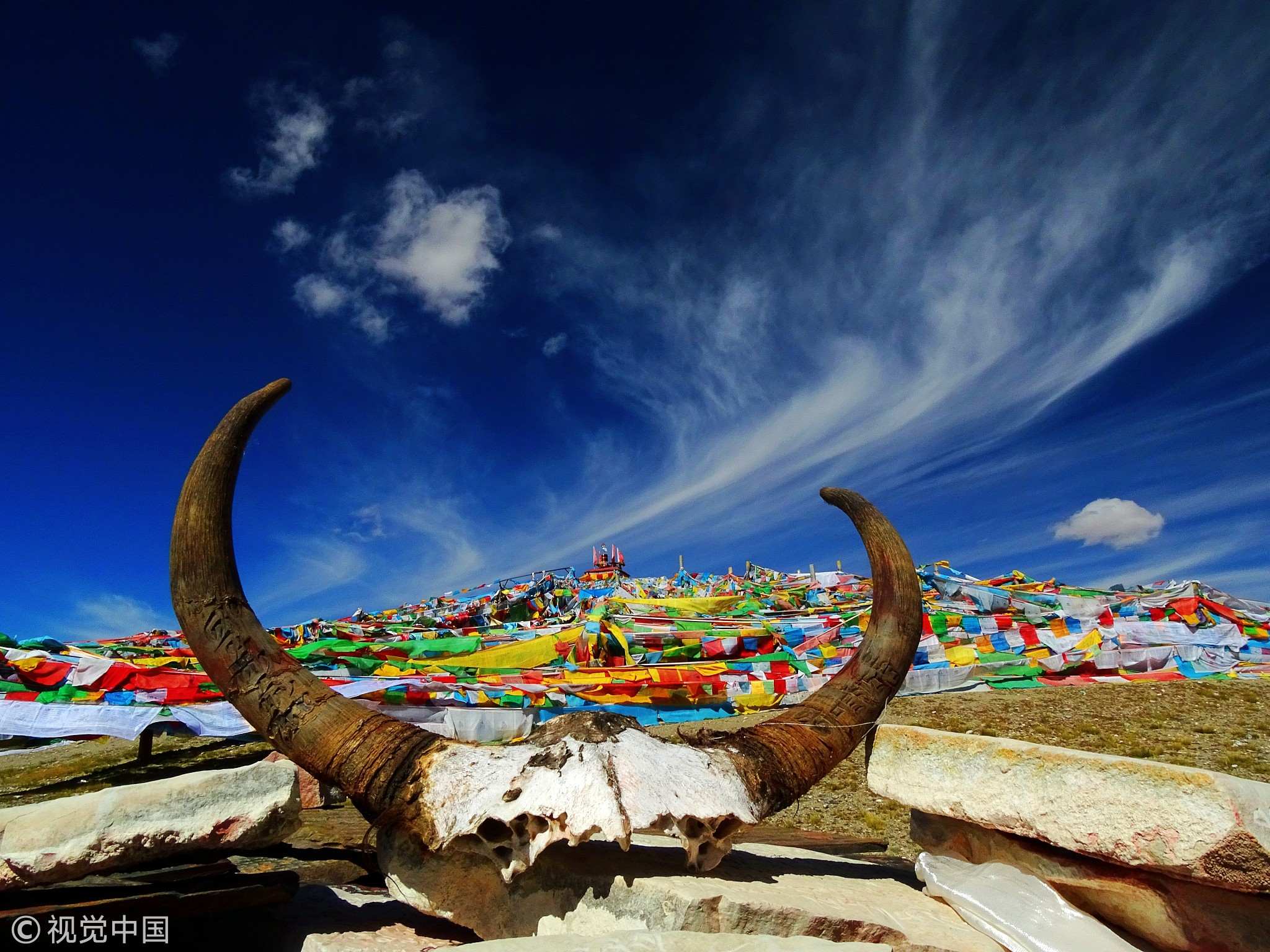
Ngari Prefecture, southwest China's Tibet Autonomous Region /VCG Photo
Ngari Prefecture, southwest China's Tibet Autonomous Region /VCG Photo
Villagers were advised to move out of the historical sites and resettle by the river. ”Our ancestors' caves became tourist attractions,” said Lobchok. “Every family in the village has its own hotel.”
The ruins have had several renovations since the 1980s. And as more ancient ruins were registered and put on protection lists in the area, tourism soon became a major source of income for locals.
(Cover: Castle ruins of the ancient Guge Kingdom in Ngari Prefecture, southwest China's Tibet Autonomous Region /VCG Photo)
Source(s): Xinhua News Agency

